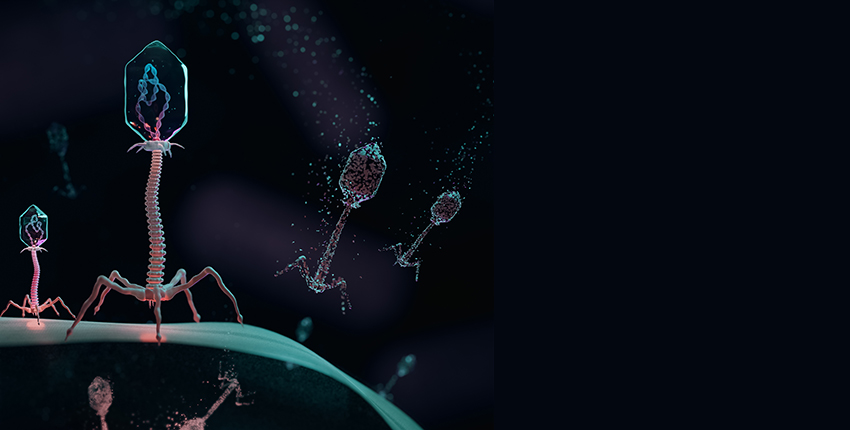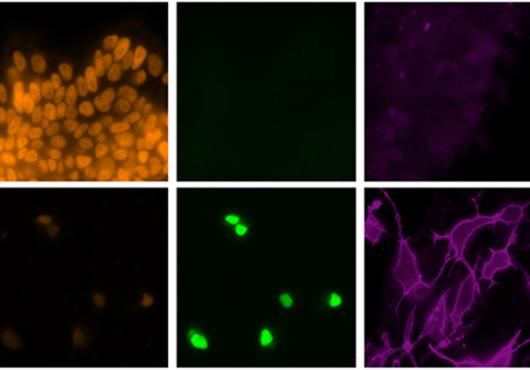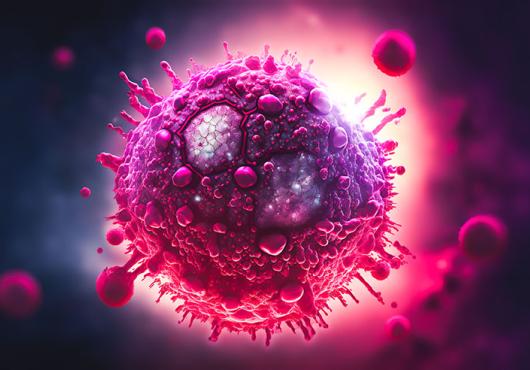
At a glance:
- In a step forward for genetic engineering and synthetic biology, researchers have modified E. coli bacteria to be immune to infection by all natural viruses tested so far.
- The team also employed two methods to prevent the bacteria and their modified genes from escaping into the wild.
- Work aims to improve safety, avoid costly contamination when harnessing bacteria to produce medicines and other beneficial substances.
- Strategy could also inform safe deployment of genetically modified organisms (GMOs) for growing crops, reducing disease spread, generating biofuels, and removing pollutants from open environments.
In a step forward for genetic engineering and synthetic biology, researchers have modified a strain of Escherichia coli bacteria to be immune to natural viral infections while also minimizing the potential for the bacteria or their modified genes to escape into the wild.
The work promises to reduce the threats of viral contamination when harnessing bacteria to produce medicines such as insulin as well as other useful substances, such as biofuels. Currently, viruses that infect vats of bacteria can halt production, compromise drug safety, and cost millions of dollars.
Results are published March 15 in Nature.
“We believe we have developed the first technology to design an organism that can’t be infected by any known virus,” said the study’s first author, Akos Nyerges, research fellow in genetics in the lab of George Church in the Blavatnik Institute at Harvard Medical School and the Wyss Institute for Biologically Inspired Engineering.
Science & Medicine, Delivered
Harvard Medicine magazine in your inbox






